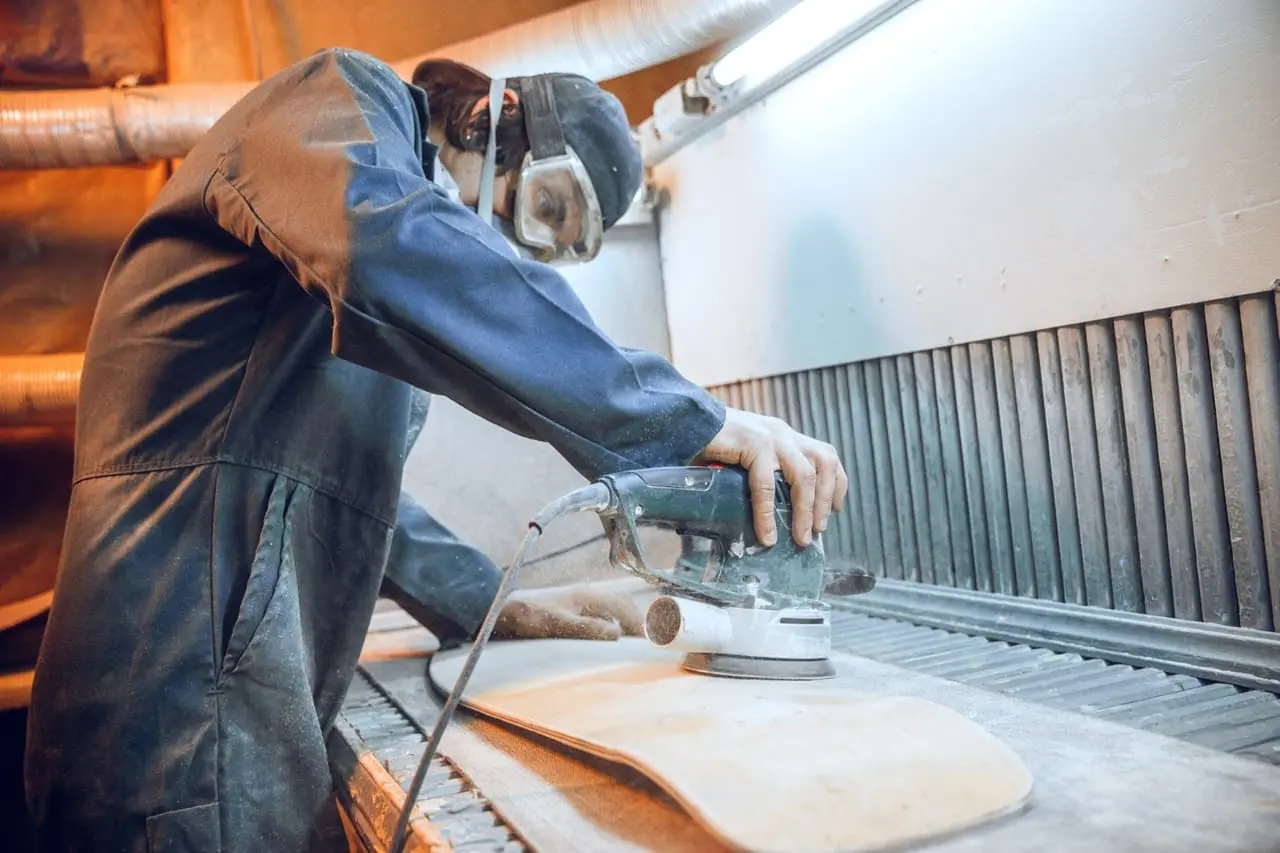Maximize Efficiency with Sander Power Tools in Your Workshop
When it comes to improving efficiency and achieving professional results in your workshop, using the right tools is key. Among the essential tools for any woodworker, DIY enthusiast, or professional craftsman, sander power tools stand out for their ability to deliver smooth, even finishes. Whether you’re sanding wood, metal, or other materials, a sander can save you time, effort, and deliver superior results. In this article, we’ll explore how you can maximize your workshop’s efficiency by integrating sander power tools into your projects.
Why Sander Power Tools Are Essential for Your Workshop
Sanding is a crucial part of many projects, from smoothing rough edges to preparing surfaces for painting or staining. While hand sanding can be a time-consuming and exhausting task, sander power tools significantly reduce the effort and time required. The right sander can help you achieve a flawless finish with less manual labor, boosting both your productivity and the quality of your work. Buy Makita Sander Polisher 9237c.
Types of Sander Power Tools
Before we dive into how to maximize their efficiency, let’s take a look at the different types of sander power tools available. Understanding their features and ideal applications can help you choose the right tool for your specific needs.
Belt Sanders
Belt sanders are known for their power and are ideal for sanding large, flat surfaces. They are perfect for removing thick layers of material, such as when you need to smooth out rough wooden planks or remove old paint. Because of their size and power, belt sanders are best used for heavy-duty tasks and can be a bit challenging to maneuver on delicate surfaces.
Orbital Sanders
Orbital sanders are versatile and great for smoothing and finishing work. They use a circular motion to remove material evenly, which minimizes swirl marks. These sanders are ideal for finer sanding tasks, such as preparing wood for staining or varnishing, and they work well on both flat and curved surfaces.
Random Orbital Sanders
A random orbital sander combines the features of both orbital sanders and rotary sanders. It uses a random motion that reduces the risk of visible swirl marks, making it ideal for both rough and finishing work. This tool is especially useful for tasks that require a smooth, blemish-free finish.
Detail Sanders
As the name suggests, detail sanders are designed for sanding small or intricate areas. They’re perfect for getting into corners, edges, and other hard-to-reach places where larger sanders can’t easily go. Though they lack the power of belt or orbital sanders, detail sanders excel in precision sanding for finishing touches.
How to Maximize Efficiency with Sander Power Tools
Now that you know about the different types of sanders, let’s look at how to maximize their efficiency in your workshop.
Choose the Right Sander for the Job
Choosing the right tool for each task is critical to maximizing efficiency. A belt sander is excellent for heavy-duty sanding, such as removing paint or sanding large surfaces, but it may not be suitable for delicate finishing work. On the other hand, a random orbital sander will help you achieve a smoother finish with fewer passes. Be sure to assess the nature of your project and select the tool that matches your requirements.
Use the Right Sandpaper Grit
To get the most out of your sander, it’s essential to select the appropriate sandpaper grit. Coarse grits (40-60) are suitable for rough sanding and material removal, while medium grits (80-120) are ideal for sanding surfaces in preparation for finishing. Fine grits (180-220) are best for achieving a smooth, polished surface before applying paint or varnish. Using the wrong grit can lead to uneven results or a longer sanding process.
Work in the Right Direction
When using a sander, always work in the direction of the grain of the material, especially when sanding wood. Sanding against the grain can cause visible scratches and an uneven finish. Moving with the grain helps ensure a smooth, flawless surface. For best results, make sure to keep the sander moving at a consistent speed to avoid sanding one spot too much, which can create dips.
Maintain Your Tools for Maximum Performance
Regular maintenance is crucial for keeping your sander working at peak efficiency. Clean your sander after each use to remove any dust or debris that might cause clogging. Additionally, replace sanding belts or pads when they become worn out, as using a dull tool can lead to poor results and slower sanding.
Use Proper Safety Gear
While sander power tools are incredibly efficient, they can also create a lot of dust and noise. To protect yourself, always wear safety goggles, a dust mask, and hearing protection. The dust generated from sanding can be harmful to your lungs, and the noise from power sanders can damage your hearing over time. By using the proper safety gear, you can work efficiently while minimizing the risk to your health.
Invest in a Dust Extraction System
Dust is an inevitable byproduct of sanding. To keep your workshop clean and reduce exposure to harmful particles, consider investing in a dust extraction system. Many modern sanders come equipped with dust collection bags or attachments for connecting to a vacuum system. This not only helps keep your workspace cleaner but also improves the performance of your sander by preventing dust buildup on the sanding surface. Buy Makita Finishing Sander 180w Bo3700.

Buy Power Tools Online at Safatco Trading
Incorporating sander power tools into your workshop can significantly boost your productivity, efficiency, and the quality of your projects. By choosing the right sander for the task, maintaining your tools, and following best practices for sanding, you can complete your work faster and achieve professional-grade results. Whether you’re sanding rough wood, polishing metal, or preparing surfaces for finishing, sander power tools are a must-have for any serious workshop.







